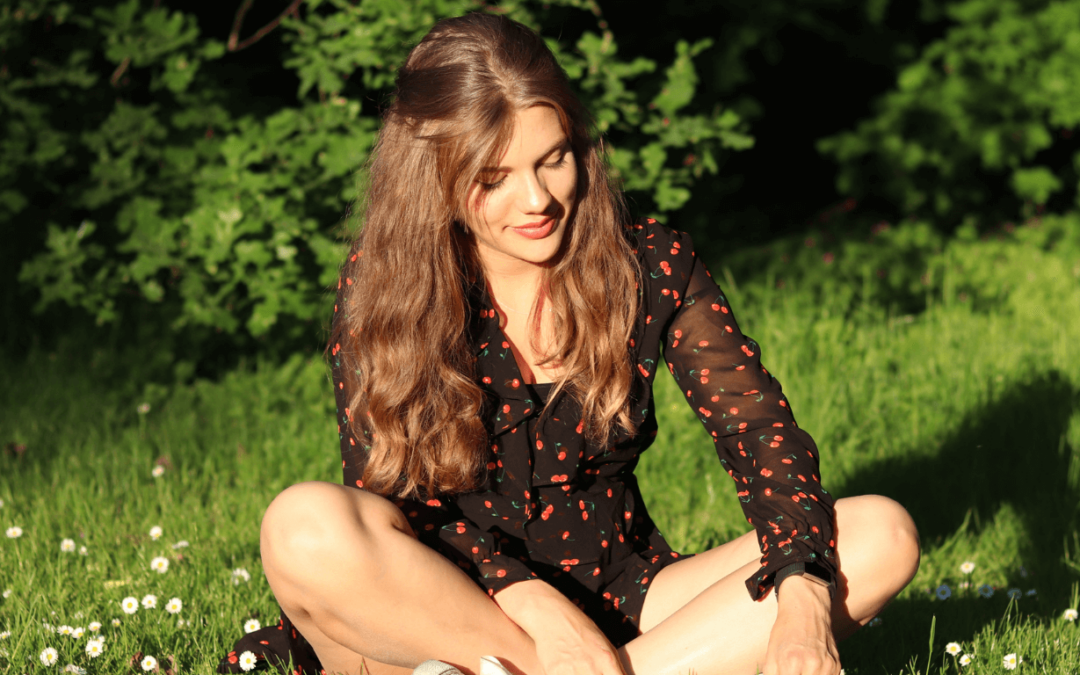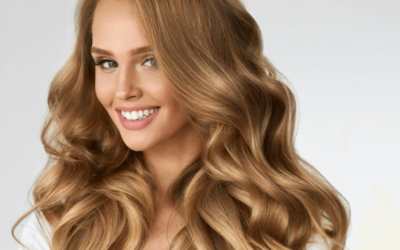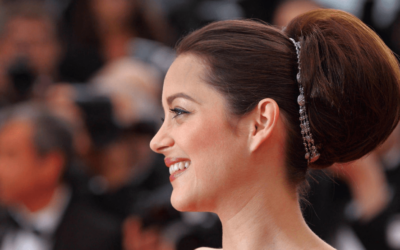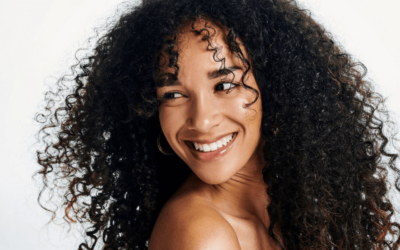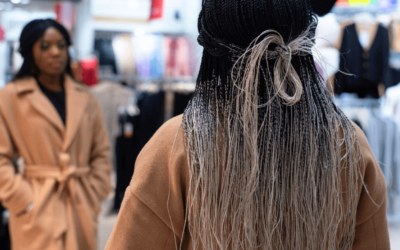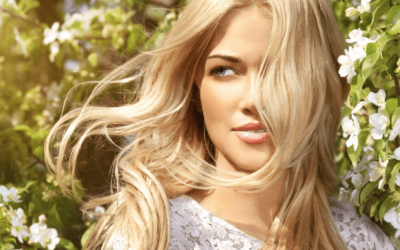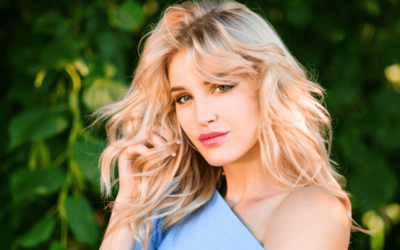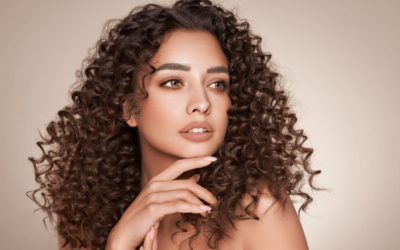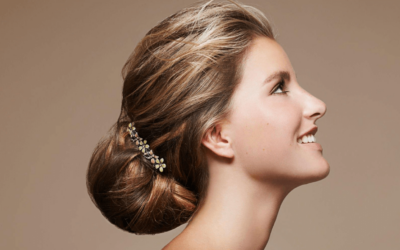Have you ever wondered how many hairs adorn your head? It’s a fascinating question that sparks curiosity and leads to a deeper understanding of our hair.
In this comprehensive guide, we will delve into the intricate world of hair and explore the answer to the age-old question: How many hairs are on your head? Get ready to uncover the secrets hidden within your mane!
The Anatomy of Hair
Before we dive into the exact number of hairs on your head, let’s take a moment to understand the anatomy of hair.
Each hair strand originates from a hair follicle, a tiny tunnel-like structure embedded in the scalp. The hair follicle consists of several components, including:
Hair Bulb: The base of the hair follicle where new hair cells are produced. It contains the dermal papilla, a cluster of cells that nourish the growing hair.
Sebaceous Gland: A gland attached to the hair follicle that produces sebum, a natural oil that moisturizes the hair and scalp.
Arrector Pili Muscle: A tiny muscle attached to the hair follicle that contracts and causes the hair to stand up when stimulated, resulting in goosebumps.
Understanding Hair Growth
Hair growth occurs in cycles, consisting of three phases:
Anagen Phase: The growth phase, during which the hair follicles are actively producing new cells, resulting in hair growth. This phase can last anywhere from two to seven years and determines the length of your hair.
Catagen Phase: The transitional phase, where the hair follicles shrink and detach from the blood supply. This phase lasts for a few weeks.
Telogen Phase: The resting phase, in which the hair follicles remain dormant before entering the next growth cycle. Approximately 10-15% of hairs are in this phase at any given time.
After the telogen phase, the old hair sheds, and the cycle begins again with the growth of a new hair strand from the hair bulb.
Hair Density and Hair Count
Hair density refers to the number of hair follicles per unit of scalp area. The average hair density can vary among individuals, ranging from 90,000 to 150,000 hair follicles on the scalp.
However, it’s important to note that hair density does not directly correlate with the number of hairs on your head.
The number of hairs on your head depends on various factors, including genetics, age, and individual variations.
On average, individuals with brown or black hair tend to have more hairs than those with blonde or red hair. It is estimated that the average number of hairs on the scalp ranges from 100,000 to 150,000.
Factors Affecting Hair Count
Several factors can influence the number of hairs on your head:
Genetics
Genetics play a significant role in determining the density and thickness of your hair. The genes you inherit from your parents influence the number of hair follicles you have, ultimately affecting your hair count.
Age
As we age, the number of hair follicles on the scalp gradually decreases. This natural process is known as hair miniaturization and is a common occurrence with advancing age.
Hair Loss Conditions
Certain hair loss conditions, such as androgenetic alopecia (male or female pattern baldness), can lead to a reduced number of hairs on the scalp. These conditions cause the hair follicles to shrink and produce thinner, weaker hair strands.
Maintaining Optimal Scalp Health
To ensure that you have a healthy scalp and maintain the maximum number of hairs on your head, it’s crucial to prioritize scalp health. Here are some tips to keep your scalp in optimal condition:
Proper Hair Care: Follow a regular hair care routine, including gentle cleansing, conditioning, and avoiding excessive heat or chemical treatments that can damage the hair and scalp.
Balanced Diet: Consume a well-balanced diet rich in essential nutrients, including vitamins A, C, E, biotin, and iron, which are vital for healthy hair growth.
Scalp Massage: Regularly massage your scalp to stimulate blood circulation, promote hair growth, and maintain a healthy scalp environment.
Protective Styling: Avoid hairstyles that cause tension or pull on the hair, as this can lead to hair breakage and damage the hair follicles.
Conclusion
Although the exact number of hairs on your head may vary depending on individual factors, it is estimated that the average person has between 100,000 and 150,000 hairs on their scalp.
Understanding the anatomy of hair, the hair growth cycle, and the factors that affect hair count can help you appreciate the uniqueness of your hair.
By maintaining a healthy scalp and following proper hair care practices, you can nurture your hair follicles and promote optimal hair growth. Embrace the beauty of your hair and cherish the journey it takes you on!

